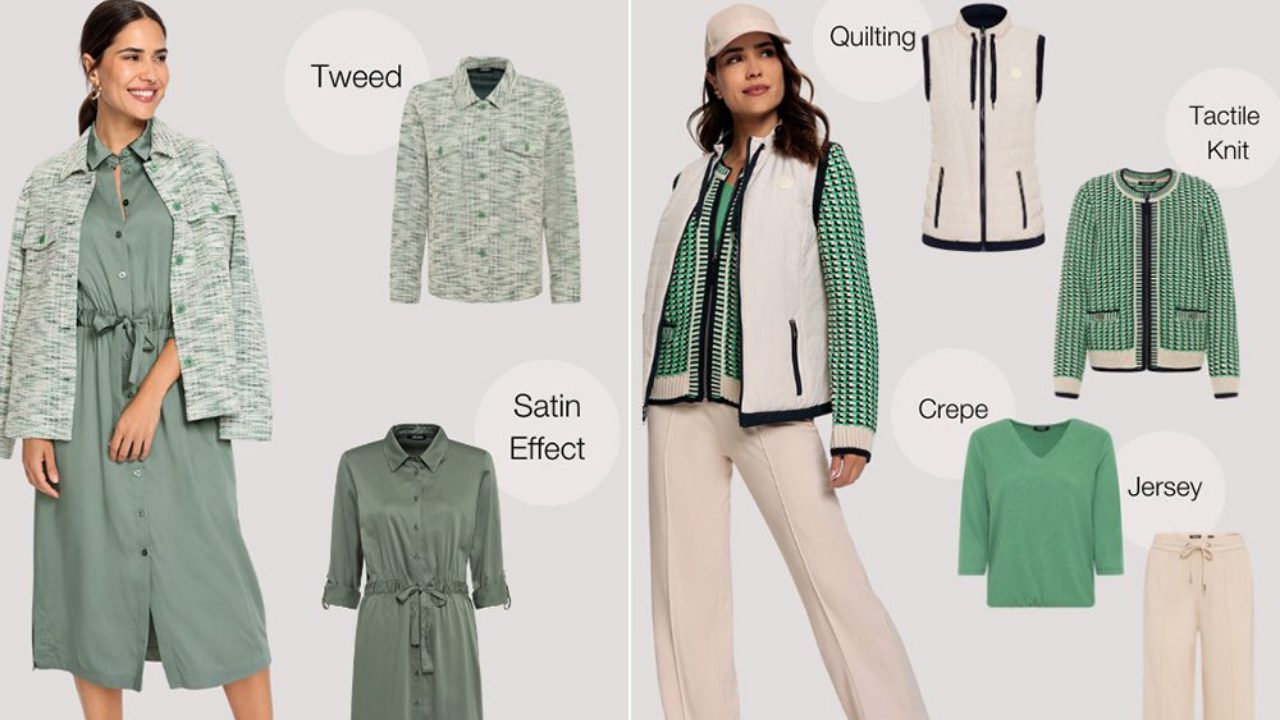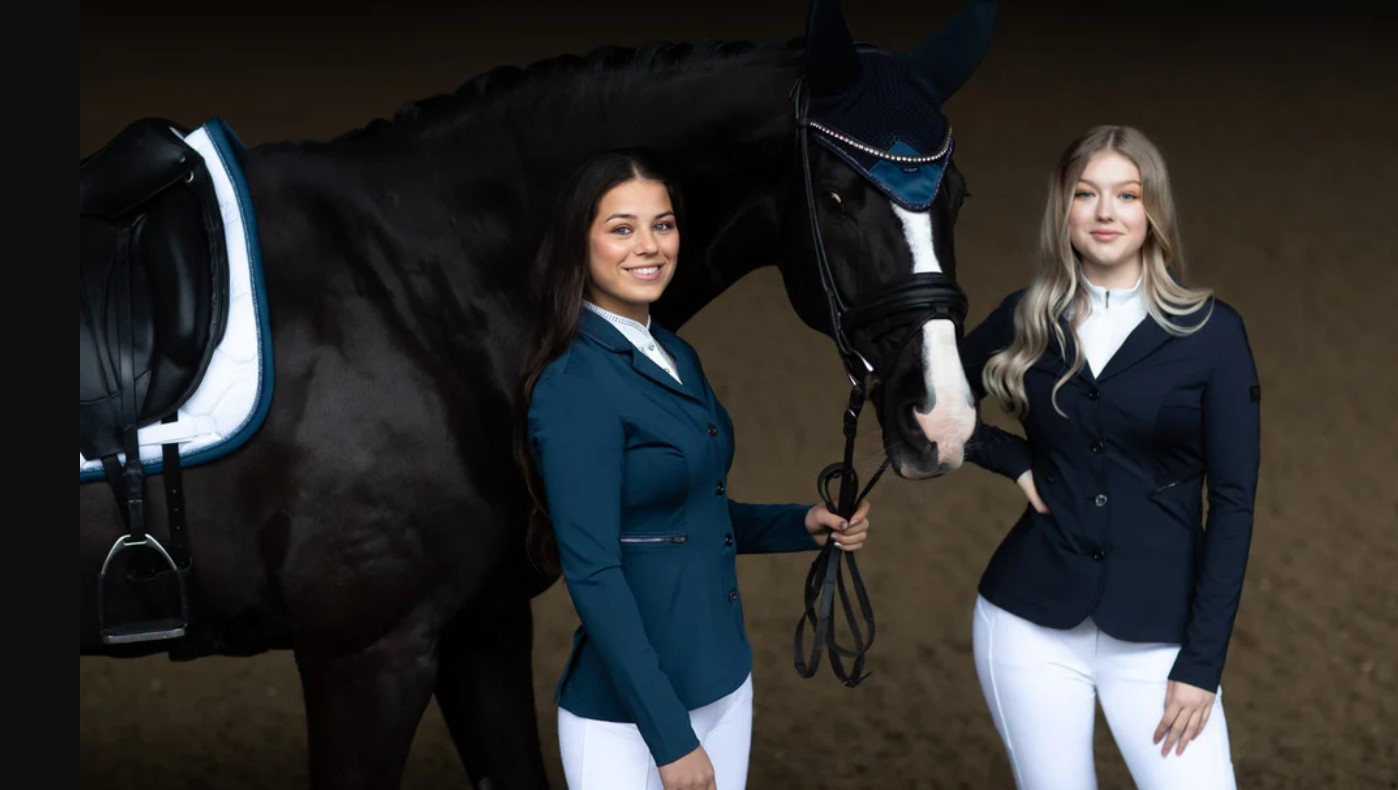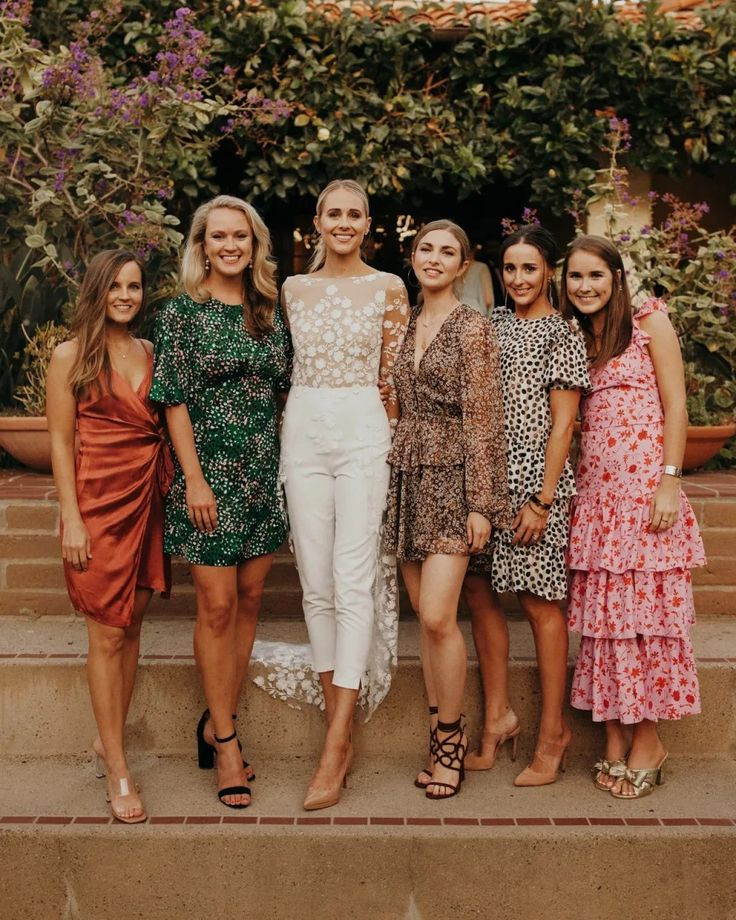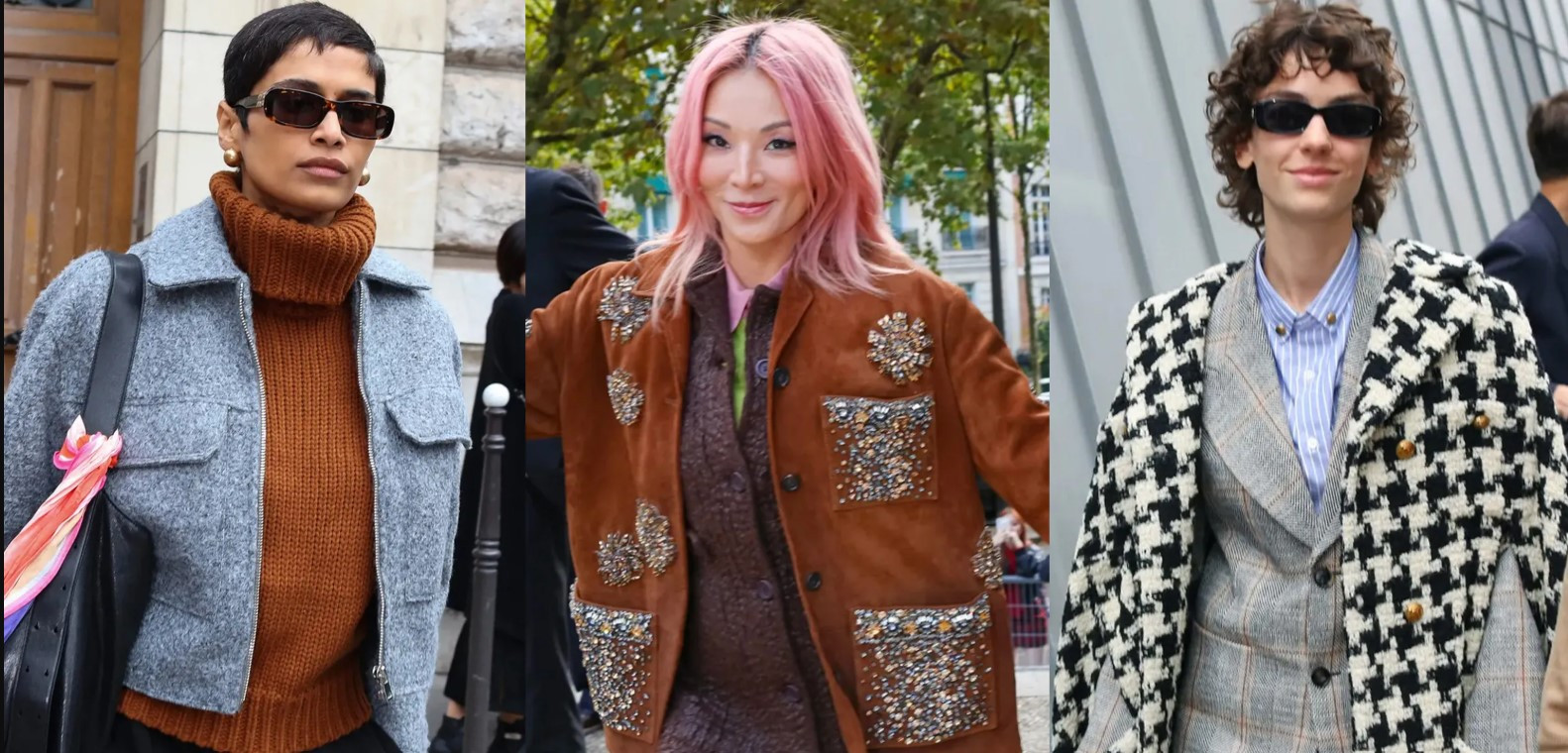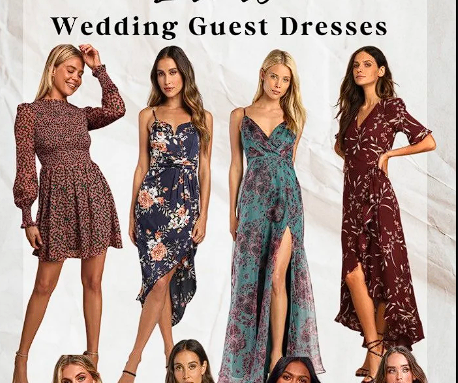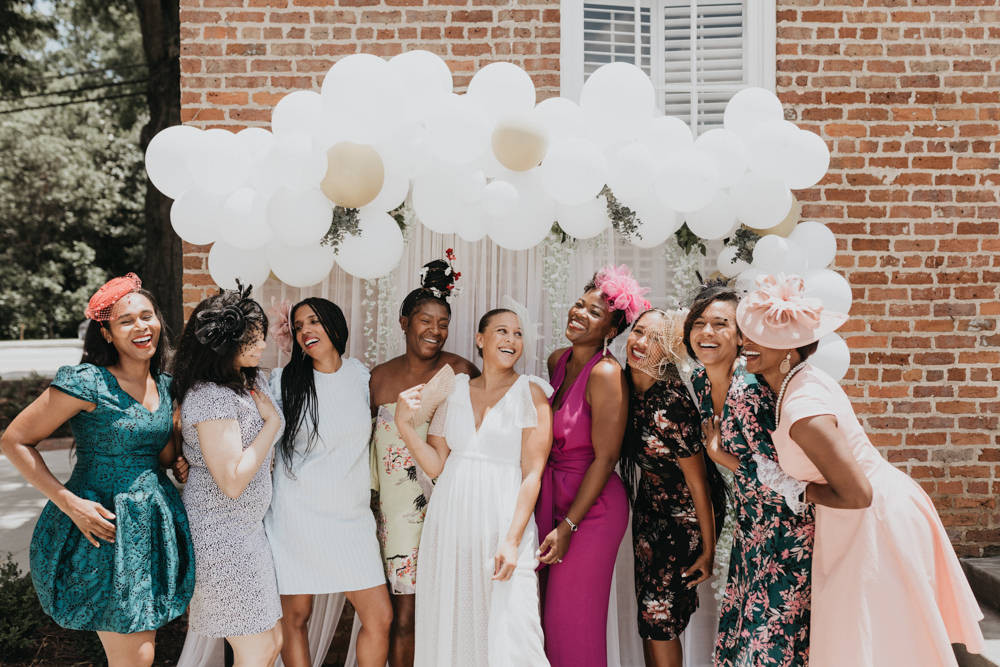Clothing is more than fabric stitched together it is a language. Each layer, each fold, and each contrasting material whispers something about who we are, where we’ve been, and how we want to be seen. When we start treating clothing as more than just utility or style, layering becomes an act of storytelling. Through texture and volume, our wardrobes carry narratives that go beyond seasonal trends.
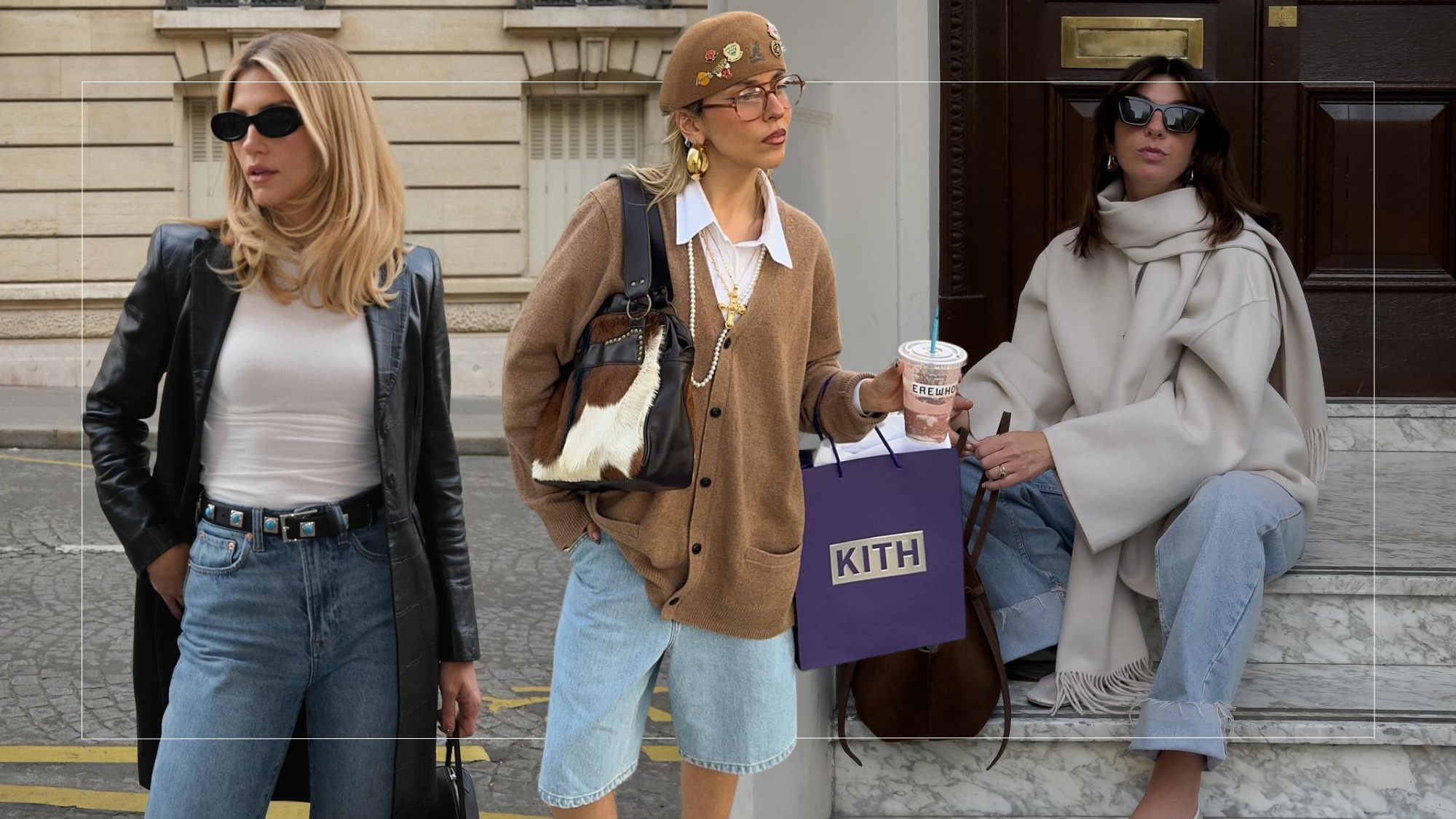
The Language of Layers
Layering has existed in fashion for centuries. From the kimono ensembles of Japan to the intricate robes of European courts, clothing layers weren’t only about warmth; they signified hierarchy, culture, and identity. Today, layering continues to play that role, only in a more personal and experimental form. A single outfit can say “I’m understated,” or “I embrace chaos,” depending on how the textures and volumes interact.
Think of a chunky wool cardigan thrown over a sleek silk slip dress. The contrast is not just visual, it’s emotional. It tells a story of softness meeting elegance, of comfort brushing against glamour.
Texture as Memory
Textures carry histories. Denim recalls labor and rebellion, silk suggests intimacy and ceremony, while tweed still carries the echo of countryside hunts and academic halls. When we layer textures, we layer memories and meanings.
For example, pairing rough leather with airy chiffon isn’t simply about aesthetics, it’s about merging strength with fragility, about showing complexity in a single glance. Fashion houses know this well; that’s why collections often feature surprising material juxtapositions. They’re playing with cultural memory while creating new ones for the wearer.
Volume as Presence
Volume doesn’t just shape the silhouette; it shapes perception. A billowing coat commands space in a way that a fitted blazer cannot. Oversized garments often signal ease, nonchalance, or even defiance, while slim layers suggest precision and control.
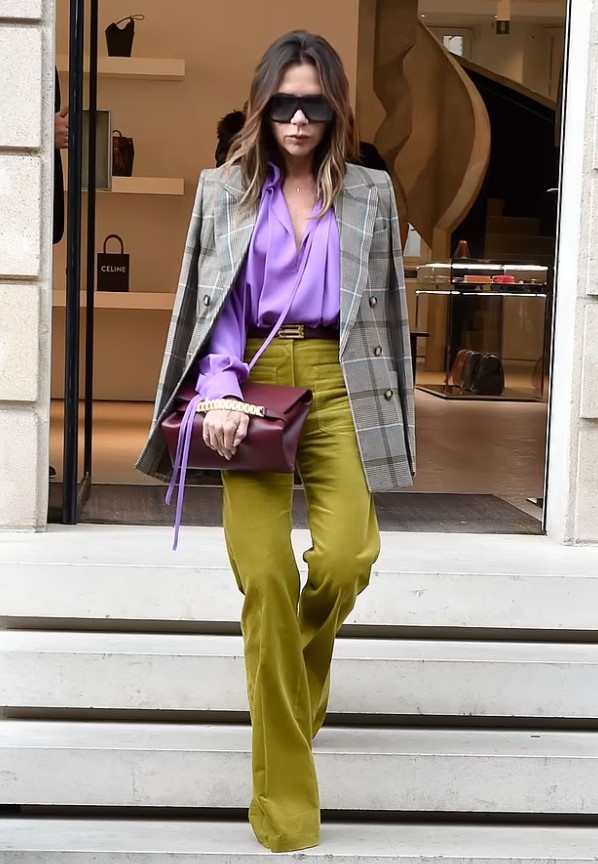
But layering volume isn’t about excess, it’s about choreography. A voluminous skirt paired with a tailored jacket doesn’t just balance proportions; it tells a story of restraint meeting release. Streetwear culture has especially embraced oversized layering, turning it into a form of rebellion against minimalism’s strict lines.
Everyday Storytelling Through Clothes
The beauty of layering lies in accessibility. You don’t need couture pieces to play with texture and volume. Every day clothing already carries the tools.
- A cotton tee under a velvet blazer feels instantly elevated.
- A denim jacket over a flowing maxi dress turns casual into edgy.
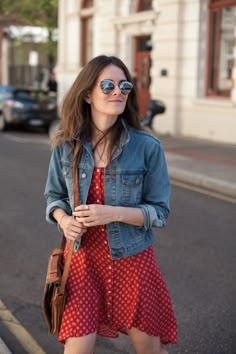
- A sheer shirt beneath a chunky sweater creates depth without words.
- Every choice is an edit in your personal narrative. The difference between dressing and storytelling is intention.
The Subtle Power of Imperfection
Not all layers need to align neatly. In fact, some of the most compelling outfits come from the tension of the hem that peeks out longer than expected, the clash of matte with glossy, the weight of wool against the lightness of mesh. These imperfections mirror the real stories we live: layered, messy, sometimes contradictory, but always deeply human.
Why It Matters
Fashion is often dismissed as superficial, but the act of layering shows otherwise. It is a dialogue with self and society, a quiet form of authorship. When we choose to play with textures and volumes, we’re not only dressing bodies, we’re dressing identities. In a world where first impressions carry weight, these layers become narratives we control, however fleeting they may be.
Takeaway
Every outfit is a sentence, every layer a word. By experimenting with texture and volume, we craft stories that live not just in fabric but in how we carry ourselves through the world.Layering makes clothing more than functional, it makes it personal, memorable, and alive.
Post Comment
Be the first to post comment!
